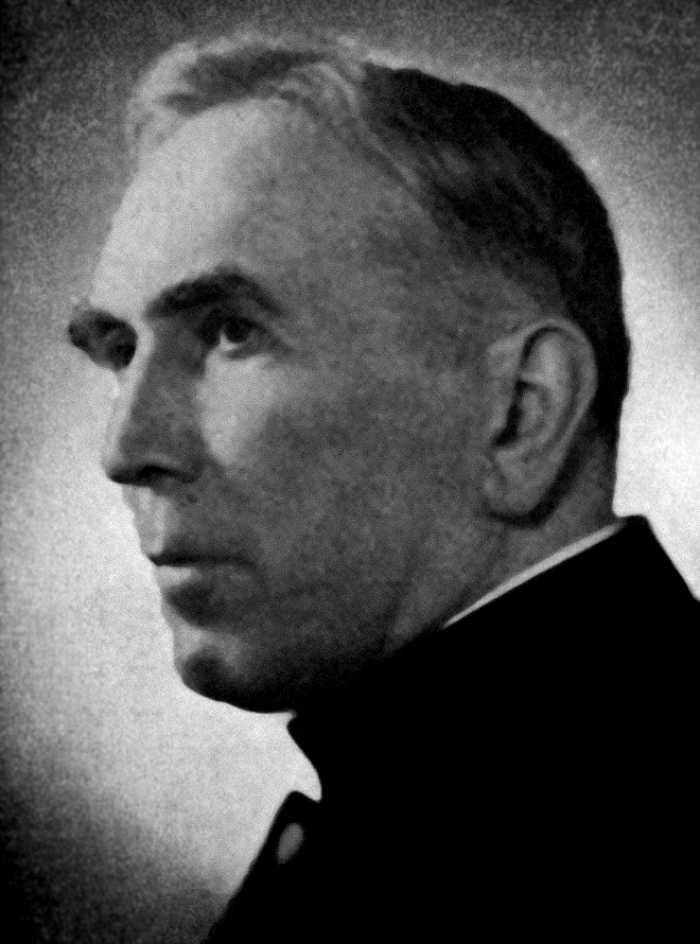

The Catholic Church initially reacted with restraint to the rise of National Socialism. After 1933, the Catholic Church in Nordhausen also alternated between opposition and conformity, as the "Hunstiger case" shows.
At the beginning of the 1930s, the Catholic Church temporarily banned its clergy from becoming members of the NSDAP. The Concordat of 20 July 1933 between the German Reich and the Catholic Church was intended to preserve its independence and at the same time prevent any political activity by the Church. This standstill agreement briefly helped the National Socialist regime to gain prestige among Catholics.
In the following years, anti-Catholic propaganda increased the pressure on the Catholic youth and workers' associations, which were gradually disbanded in favour of the Hitler Youth (HJ) and the German Labour Front.
The relationship between the local Nazi authorities and Catholic organisations also came to a head in Nordhausen. During a conflict between the Hitler Youth and the Catholic Youth, the priest of the cathedral parish, Dean Wilhelm Hunstiger, took a public stand against the Hitler Youth. The SA then organised a demonstration in front of the rectory in Domstraße and accused Hunstiger of refusing to allow an SA man to be buried in the church. Window glass was broken and Hunstiger was driven through the streets amid shouts of abuse. After a short-term detention in the
After 1945, Hunstiger certified that the former NSDAP mayor
